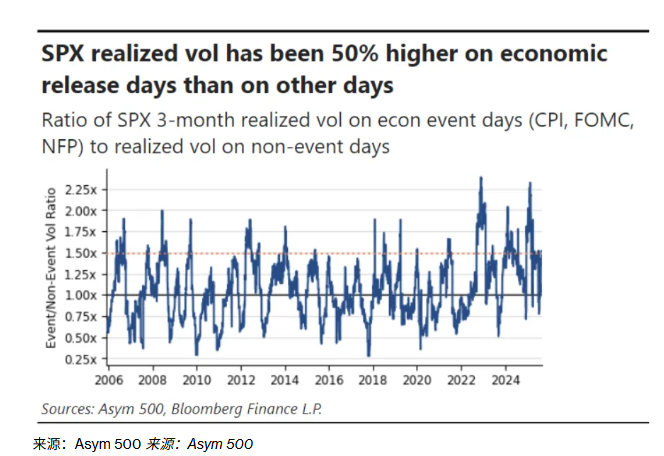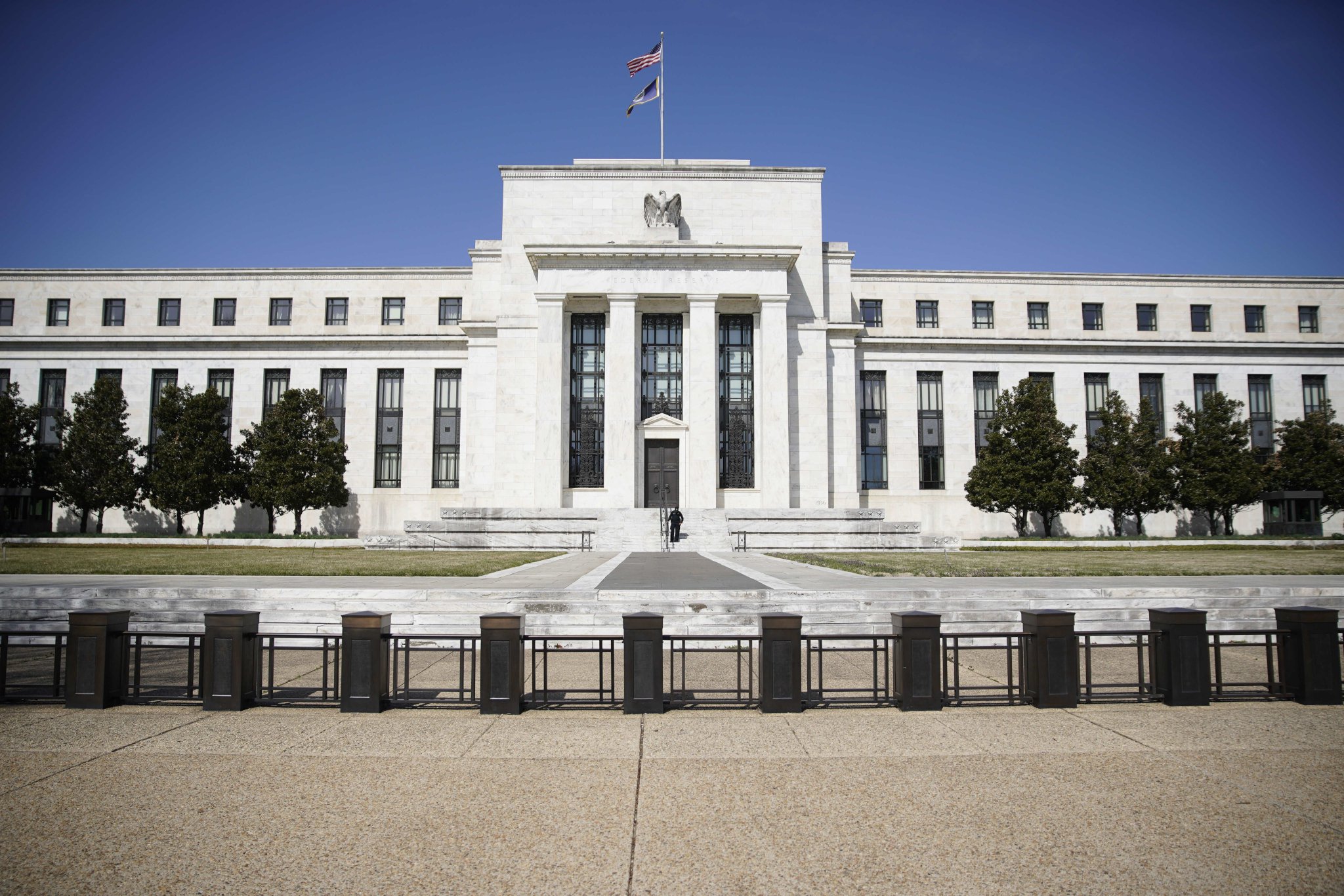Given that a rate cut in September is a certainty, options experts expect the stock market to keep climbing until the release of the consumer price index (CPI) on Thursday. But if the CPI indicates that inflation is starting to heat up, then the bet could become risky.
The logic behind the expectation of a rate cut at the Federal Reserve’s policy meeting on September 16-17 is very simple. Job growth in the United States has stalled, so the economy may need a boost. Last Friday, disappointing August employment data and the highest unemployment rate since 2021 further strengthened this expectation, leading investors to fully price in a 25 basis point rate cut by the Fed next week.
The market responded indifferently to the news. The stock market declined slightly on Friday, and the Chicago Board Options Exchange Volatility Index (VIX) rose slightly but remained well below the key 20 level, where it has largely stayed since June. Looking ahead, options traders are betting that the S&P 500 will experience minor fluctuations following Thursday’s Consumer Price Index (CPI) report. According to data compiled by Piper Sandler & Co., the expected range is around 0.7% in either direction. This is far below the average actual move of 1% over the past year.
Although such a trade makes perfect sense given the current state of the stock market, it overlooks a major risk: what if there is a significant inflation surprise in these data?
“At the moment, it’s necessary to be very cautious in weighing things up,” said Eric Teal, chief investment officer at Comerica Wealth Management. “Any negative or positive factor could change the outlook.”
The threat of a series of inflation data emerging due to President Donald Trump’s trade war, large-scale deportations and government layoffs is real. This could prevent the Federal Reserve from cutting interest rates as much as traders hope for this year.
Samir Samana, global equity and real assets director at Wells Fargo Investment Institute, said: “The path of rate cuts may become slightly more gradual and lead to market volatility.”
Despite the apparent disappearance of volatility, traders remain obsessed with macroeconomic data, leading to sharp market fluctuations around the release of economic data. According to data compiled by Asym 500, over the past three months, the average volatility of the S&P 500 on days when consumer price index, monthly employment data, and Federal Reserve interest rate decisions are released has been nearly 50% higher than on all other trading days.

Brian Madden, chief investment officer of First Avenue Investment Counsel, said that currently the market is filled with “macro tourists, that is, short-term traders who enter and exit the market, attempting to trade based on macro data such as the employment report or the consumer price index.”
As traders have fully priced in the expected rate cut in September (and a total of 142 basis points of cuts over the next 12 months), any sign of persistent inflation could trigger significant stock market volatility if investors are forced to reduce their dovish bets.
In fact, professionals on Wall Street are bracing for another scorching inflation reading. The forecast for the core CPI (excluding food and energy costs) in August is a 0.3% month-on-month increase. This would mean a year-on-year growth of 3.1%, far above the Federal Reserve’s 2% target and on par with last month’s figure.
“You will find that macroeconomic data is becoming increasingly important. If you are a long-term investor, you definitely want macroeconomic data to play a role,” said Sadiq Adatia, chief investment officer of BMO Global Asset Management Inc., which manages C$226 billion ($163 billion) in assets. “What you don’t want is noise.”
Aditya said that for most of this year, the stock market has been affected by tariff news and other “noise”.
But data from Raymond James shows that since the S&P 500 rose more than 10% from Memorial Day to Labor Day, marking the third-best summer gain in nearly 40 years, something interesting is happening in the financial world. Volatility in the stock and bond markets has suddenly diverged.
The VIX, which measures expected price swings in the S&P 500 index, is now just one step away from its lowest level this year. Meanwhile, the ICE BofA MOVE Index, the VIX of the bond market, rose a combined 10 points on Tuesday and Wednesday, marking the biggest two-day gain since the peak of the tariff storm in April. This indicates that the bond market is bracing for a return of volatility.
All of this means that traders are anxiously watching the fixed-income market for early signs of when volatility in the S&P 500 might spike again.
Mandy Xu, the head of derivatives market intelligence at Cboe Global Markets, said: “It’s not surprising that the market reacts more strongly to economic data releases during periods of heightened policy uncertainty. Although a rate cut at the September meeting is almost a certainty at this point, new data releases could change expectations for the pace and magnitude of rate cuts in the coming months by the Federal Reserve.”


